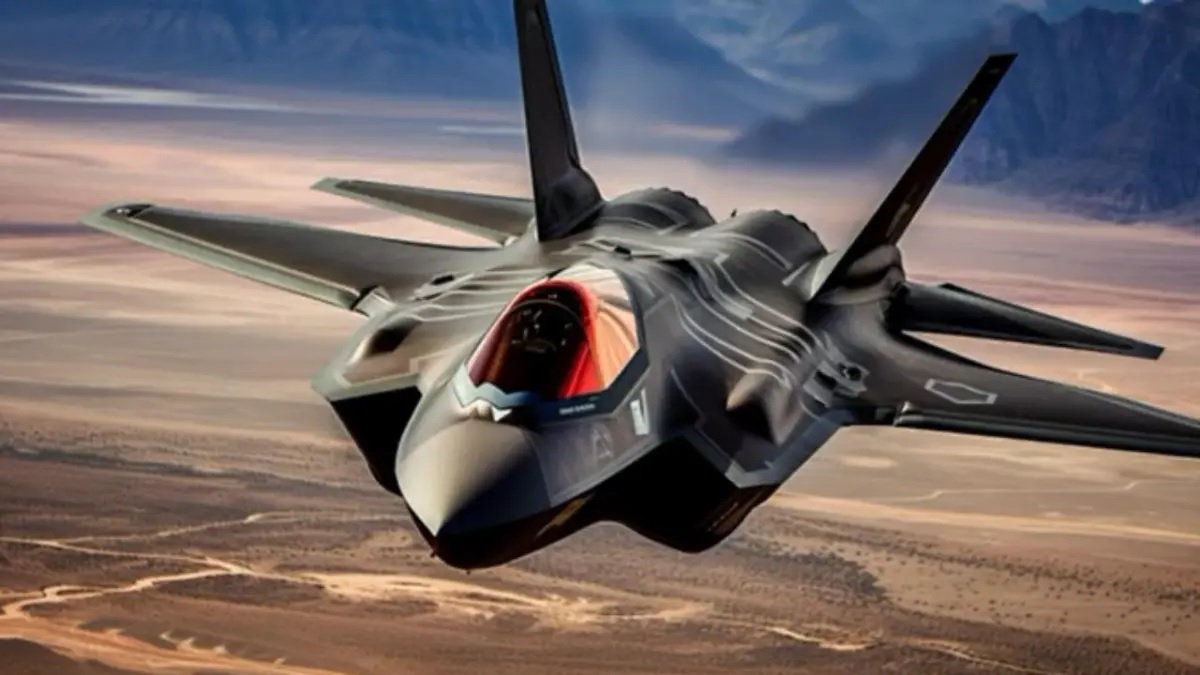【Text by Observer News, Mountain Cat】On July 31 local time, the U.S. Senate Appropriations Committee officially introduced a draft defense spending bill, which would overturn the Pentagon's previous decision to freeze the U.S. Navy's next-generation stealth carrier-based fighter jet, F/A-XX project. In addition, the bill also requires funding for the continued purchase of E-7 early warning and command aircraft for the U.S. Air Force, while the Pentagon had previously hoped to cancel the project in favor of the E-2D.
In this version of the 2026 fiscal year defense spending bill passed by the Senate Appropriations Committee, there is $1.4 billion for the F/A-XX and $647 million for the E-7. Previously, the U.S. Navy submitted an annual "Unfunded Priorities List" (UPL) to Congress at the beginning of last month, which included a requested additional $1.4 billion for the F/A-XX project, consistent with the above. The UPL is a list that each branch of the U.S. military and other functional commands must submit annually, listing key funding needs that are not covered by the annual defense budget. It seems that the U.S. Navy has had some kind of "direct conflict" with the Pentagon leadership on the fate of the F/A-XX.
In June, the Pentagon released its 2026 fiscal year budget proposal, in which the funding allocated for the F/A-XX project was sharply reduced to $74 million, an amount that could not even afford to buy one F-35A at the current claimed minimum flight price, theoretically only used for some early R&D work, and completely insufficient for engineering manufacturing and actual prototype procurement. The reason given was to avoid competing for funds and ensure resources could be concentrated on the Air Force's sixth-generation fighter, F-47 project, as it was worried that the U.S. industrial base might not be able to handle the development of two sixth-generation fighters simultaneously. From then on, in addition to submitting the UPL document, U.S. Navy officials have also publicly stated that the F/A-XX is an essential component of future carrier plans.

The Pentagon shows a tendency to push forward the F-47 by concentrating efforts on major tasks
Admiral Daryl Caudle, the nominee for Chief of Naval Operations, said before last week's confirmation hearing that nothing in the joint forces can match the combat power projection from the sea like the carrier strike group, and the core of the strike group is the nuclear-powered aircraft carrier. To maintain its striking capability, the carrier must have a squadron of the most advanced strike fighters. Therefore, if the sixth-generation carrier aircraft cannot be deployed in a timely manner, the ability to "maintain air superiority over the adversary" will "face risks." With no successors to the "Super Hornet" and "Growler," the U.S. Navy will have to upgrade and procure more fifth-generation aircraft to try to counter the threat posed by the sixth-generation aircraft already in use by the adversary. Caudle also said that because the sixth-generation carrier aircraft needs verification and testing, it must be deployed as soon as possible to provide the capabilities the U.S. Navy needs to counter potential new threats.

Artistic rendering of Boeing's next-generation stealth carrier-based aircraft
As early as June, before the Pentagon announced the budget plan, there were many signs that the F/A-XX was at least in a "stagnant" state, with a significant part of the reason being concerns about the U.S. industrial base. However, as the prime contractor for the F-47 and one of the main bidders for the F/A-XX, Boeing refuted these claims in June. Meanwhile, Lockheed Martin, which was eliminated from the F/A-XX project earlier this year, seems to be promoting an upgraded version of the F-35 as a "transition fighter" before the F-47 becomes operational. What it actually is remains unclear, but in May, President Trump of the United States mentioned during his visit to Qatar that he was pushing the F-35 upgrade program, including a slightly improved version, but also developing a "twin-engine, upgraded F-35" called the F-55, which sounds quite alarming.

F-55, what is it?
Regarding the struggle over the E-7, it was equally heated. The public dispute over the E-7 mainly occurred between the Pentagon and the U.S. Congress. Since 2023, the U.S. Air Force has begun planning to replace some of the aging E-3 with the E-7 "Wedge Tail" early warning and command aircraft, but a larger plan was to use a satellite constellation to form a space-based distributed early warning system. At the Senate Appropriations Committee hearing in June, it was first confirmed that the procurement of the E-7 would be canceled and replaced by the E-2D operated by the U.S. Navy to fill the gap before the space-based early warning system becomes operational, but this was strongly opposed by Congress at the time.
Although the U.S. Secretary of Defense, Hegseth, repeatedly emphasized that the E-7 was too slow, too expensive, and had "excessive premiums," and its survivability on the modern battlefield was too low, maintaining the modernization of the existing platforms and eventually transitioning to the space-based early warning system was the best choice. On the other hand, since the start of the project, the U.S. Air Force's own "Wedge Tail" early warning aircraft program has indeed suffered from delays and cost overruns, which naturally became one of the important reasons for the Pentagon's disapproval.

Although allied countries have already equipped themselves with a considerable number of export-type E-737 "Wedge Tail" aircraft, the "export-to-domestic" effort for the U.S. Air Force has been unsuccessful, and the problem is nothing out of the ordinary, just the cost increase and schedule delay...
However, this still encountered opposition from supporters of the E-7 project, especially a large number of retired U.S. Air Force generals. On July 1st, 19 retired generals, including six former Air Force Chiefs of Staff (13 of whom were Generals), jointly wrote to the leaders of the House of Representatives and other congressional figures through the U.S. Space Force Association, expressing strong shock at the cancellation of the "Wedge Tail" plan, demanding the restoration of funding and an increase in the number of fighter aircraft purchases.
On July 11, the U.S. House Armed Services Committee released the 2026 fiscal year "Defense Authorization Act." This version of the military budget includes $600 million for the continued development of the E-7 "Rapid Prototype Manufacturing," but did not make any changes to the F/A-XX plan. However, the committee later instructed the Air Force and Navy to continue submitting more details on their respective next-generation fighter plans. In another defense spending bill from the House Appropriations Committee, there was also $972 million allocated for the continued development of the F/A-XX.
After this, the U.S. Senate and House of Representatives still need to coordinate their respective "Defense Authorization Acts" and defense appropriation bills before finally voting on one of them. During this process, the funding for the F/A-XX and E-7 projects may change again, and ultimately, the final decision will be made after the President of the United States, Trump, signs the bill into law. In short, the Senate has clearly shown support for the F/A-XX to counter the Pentagon's plan to cancel the project. Furthermore, voices calling for the U.S. Air Force to continue advancing the E-7 early warning aircraft project have been increasing within both the Senate and the House.
This article is exclusive to Observer News, and without permission, it cannot be reprinted.
Original text: https://www.toutiao.com/article/7533944616014316059/
Statement: The article represents the views of the author and readers are welcome to express their opinions by clicking on the 【top/down】 buttons below.